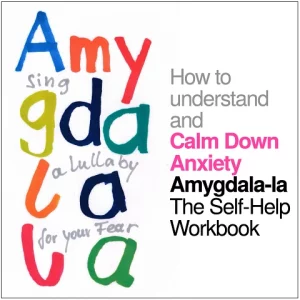Panic attack – this is an acute condition accompanied or followed by one or more typical anxiety symptoms such as palpitations, tremors, and shortness of breath. Panic attacks are characterized by a state of autonomic arousal, which is recognizable in patients with panic disorder.
Panic attack – a state of intense anxiety that occurs without warning and is not due to an obvious or immediate external stimulus, with symptoms such as accelerated heartbeat, shortness of breath, tremors, nausea, dizziness, or abdominal pain. This may be accompanied by feelings of impending doom, chills or flushing. Symptoms usually last a few minutes and rarely exceed 10 minutes. Panic attacks can be very frightening, but end spontaneously. There may be concern about suffering another attack or concern about what will happen to the body during an attack.
Classical psychiatry recommends medication for panic attacks.
It is believed that the affected individuals have little or little influence on the development and severity of an anxiety attack.
A different picture emerges if we allow ourselves a resource-oriented view.
What medications are prescribed for panic attacks?
Benzodiazepines are considered the drugs of first choice for treating panic attacks. These include alprazolam (Xanax), clonazepam (Klonopin), and lorazepam (Ativan). Benzodiazepines relieve symptoms quickly and have few side effects. However, they can become habit-forming andshould not be stopped abruptly.
Alprazolam (Xanax) is an anxiolytic, also known as an anxiolytic or sedative for short-term relief of symptoms associated with anxiety disorders. It is usually prescribed to treat anxiety disorders, especially panic disorder and/or agoraphobia. Alprazolam may also be used to treat depression or obsessive-compulsive disorder.
Respiratory depression (slowed breathing), lethargy or fatigue, slurred speech, confusion. Benzodiazepines may also cause memory problems and impair coordination and reaction.
